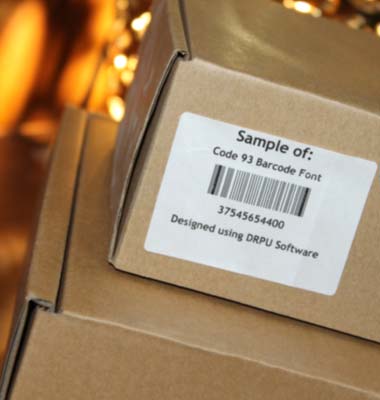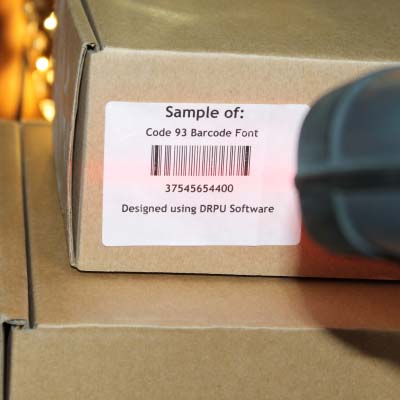CODE-93 Barcode: Generate, Print, and Limitations
Generating a Code 93 barcode can be done using a variety of methods, including barcode software, online barcode generators, and programming languages. In this section, we will discuss these methods in detail and provide step-by-step instructions for generating a Code 93 barcode.
Method 1: Barcode Software
Barcode software is one of the easiest and most common ways to generate Code 93 barcodes. Many barcode software programs support Code 93, including popular options like BarTender, Labeljoy, and NiceLabel.
Here are the steps to generate a Code 93 barcode using BarTender:

Method 2: Online Barcode Generators
Online barcode generators provide a quick and easy way to generate a Code 93 barcode without the need for any software installation or programming knowledge. There are many online barcode generators available, including offerings from BarcodeGenerator.org and OnlineLabels.com.
Here are the steps to generate a Code 93 barcode using BarcodeGenerator.org:
Method 3: Programming Languages
Programming languages like Python and Java can also be used to generate Code 93 barcodes programmatically.
Here are the steps to generate a Code 93 barcode using the Python Barcode library:
In conclusion, In conclusion, generating a Code 93 barcode can be done using a variety of methods, including barcode software, online barcode generators, and programming languages. The method you choose will depend on your specific needs and resources. By following the steps outlined above, you can easily generate Code 93 barcodes for your business or personal use.
